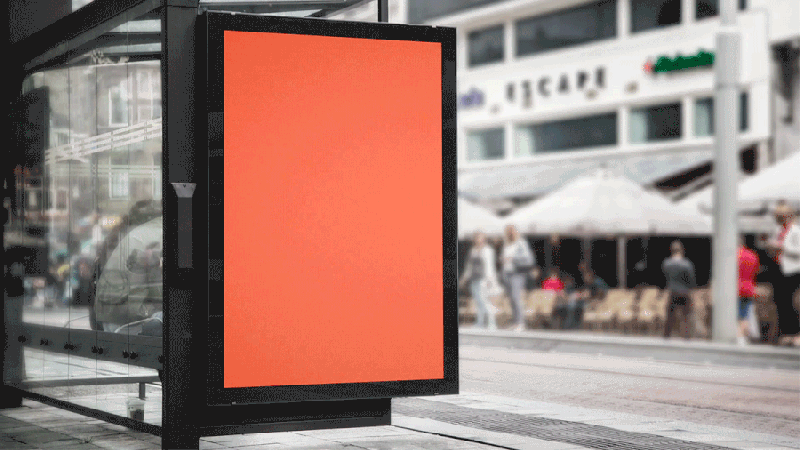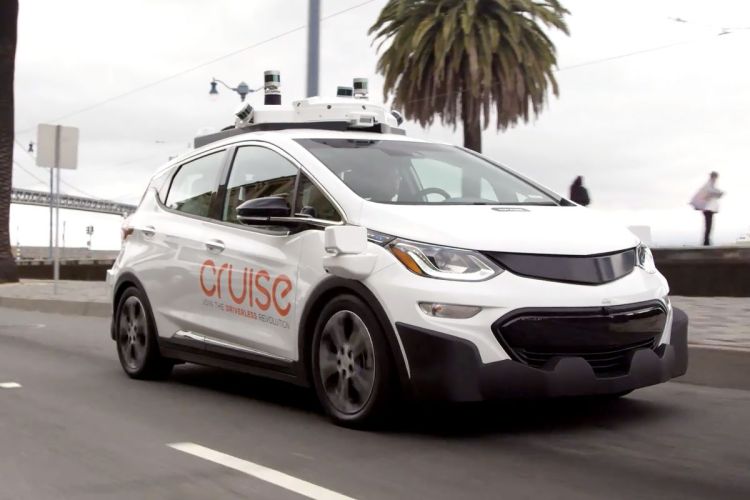Watch all the Transform 2020 sessions on-demand here.
GM’s Cruise is postponing plans for a fully driverless taxi service, which it previously said would launch by year-end 2019. In a blog post published this morning on Medium, CEO Dan Ammann said performance and safety concerns necessitated the delay. He asserted that in order to address these issues, Cruise will “significantly” increase its testing and validation miles with the goal of at least doubling the number driven by each of its test vehicles.
The announcement comes after reports that Cruise faced pushback from U.S. regulators over requests to waive safety standards in order to deploy driverless vehicles without controls or steering wheels. The company had hoped to have 2,500 such cars up and running as part of a controlled on-demand fleet in the coming months.
“Everything we do at Cruise is based on our belief that safely deploying all-electric self-driving cars at scale will have a significant positive impact on the world,” wrote Ammann. “While Cruise is already logging the most miles in a complex environment, having our cars running many more miles on the road will further accelerate our rate of learning and safety validation. It will also give us crucial operational learnings from running a larger scale fleet and a larger scale ride service.”
Cruise isn’t planning to increase the size of its roughly 180-vehicle San Francisco fleet, which it confirmed will comprise the first commercial deployment in its forthcoming ride-sharing service. Instead, the company will ramp up the pace of testing to expose its third-generation Chevrolet Bolt all-electric cars — which are equipped with lidar sensors, radars, video cameras, computers running proprietary control algorithms, and in-vehicle displays — to more complex scenarios on public roads, in part through its employee-only Cruise Anywhere driverless pilot program.
June 5th: The AI Audit in NYC
Join us next week in NYC to engage with top executive leaders, delving into strategies for auditing AI models to ensure fairness, optimal performance, and ethical compliance across diverse organizations. Secure your attendance for this exclusive invite-only event.

Above: An animated poster from Cruise’s new outreach campaign.
A spokesperson demurred when asked to characterize progress at Cruise’s other test locations, which include Scottsdale, Arizona and the metropolitan Detroit area. The company hasn’t disclosed its overall fleet size publicly, but three years ago documents obtained by IEEE Spectrum suggested it planned to deploy as many as 300 test cars around the country.
By comparison, Google parent company Alphabet’s Waymo, which launched an on-demand driverless taxi service last December in Waymo One, operates 600 test vehicles that serve over 1,000 riders. Tech giant Yandex recently said it plans to deploy upwards of 100 driverless cars by 2020 in an expansion of its autonomous ride-hailing service that has given 2,000 rides to date.
Cruise has historically argued that difficult maneuvers (like crossing into multiple lanes of oncoming traffic) happen quite often in densely populated cities, and it has pointed out that San Francisco in particular has more people, cars, and cyclists to contend with than almost any other U.S. city. Specifically, Cruise claims its Bolts spot emergency vehicles almost 47 times as frequently in the Bay Area as in more suburban environments like Scottsdale and Phoenix and come upon road construction 39 times more often, cyclists 16 times as often, and pedestrians 32 times as often.
In any case, Cruise anticipates that as a result of the ramped-up testing in San Francisco, residents will encounter its cars more frequently than before. To prepare for this, the company intends to share more information about how its technology works through education, ad campaigns, and live events at venues like the California Academy of Sciences, where it will invite people to see its vehicles, ask questions, and share feedback.
Additionally, Cruise says it will deepen its partnerships with the City of San Francisco, first responders, and other organizations “that matter to San Franciscans,” including Mothers Against Drunk Driving and the Coalition for Clean Air.
“The fastest path to large scale deployment of technology that can save millions of lives, reshape our cities, reduce emissions, give back billions of hours of time, and restore freedom of movement for everyone is to build trust,” wrote Ammann. “As a result, we’re taking all the right steps in the right order, side by side with the community. This is how we will bring our mission to life safely and at scale. If you’d like to join us on this mission, we’d love to hear from you.”
Cruise also unveiled plans to build what it claims will be the largest electric vehicle fast charger station in the country when it comes online, in San Francisco’s Dogpatch neighborhood. The station will add substantial capacity to the company’s existing Bay Area fast charger network (which represent nearly 40% of all fast chargers in San Francisco), and Cruise says its driverless cars will benefit from an increased economy of scale.
Cruise is considered a pack leader in a global market that’s anticipated to hit revenue of $173.15 billion by 2023. Its cars have driven more miles than most — around 450,000 in California last year, according to a report it filed with the state’s Department of Motor Vehicles — and its headcount stands at 1,500 today, 35 times more than in 2016. (Cruise plans to nearly double its engineering team this year and to hire over new 2,000 workers by 2021 as it expands to a larger office in San Francisco and a satellite hub in Seattle.) Moreover, the company has attracted about $1.15 billion (bringing its total raised to $7.25 billion), at a $19 billion valuation, from T. Rowe Price Associates, General Motors, SoftBank Vision Fund, Honda, and other investors.
But for all of its successes, Cruise has had its share of setbacks.
It backtracked on plans to test a fleet of cars in a five-square-mile section in Manhattan and drove less than 450,000 collective miles all of last year in California, falling far short of its projected 1 million miles a month. For the sake of comparison, Waymo, which was founded roughly four years before Cruise, has logged more than 10 million autonomous miles to date.
But Cruise isn’t letting challenges dampen its driverless ambitions. The company earlier this year announced a partnership with DoorDash to pilot food and grocery delivery in San Francisco for select customers this year, shortly after revealing a fourth-generation car under development in Warren, Michigan that features automatic doors, rear-seat airbags, and other redundant systems. And the Wall Street Journal reported that Cruise and GM hope to put self-driving taxis into usage tests with ride-sharing company Lyft.


